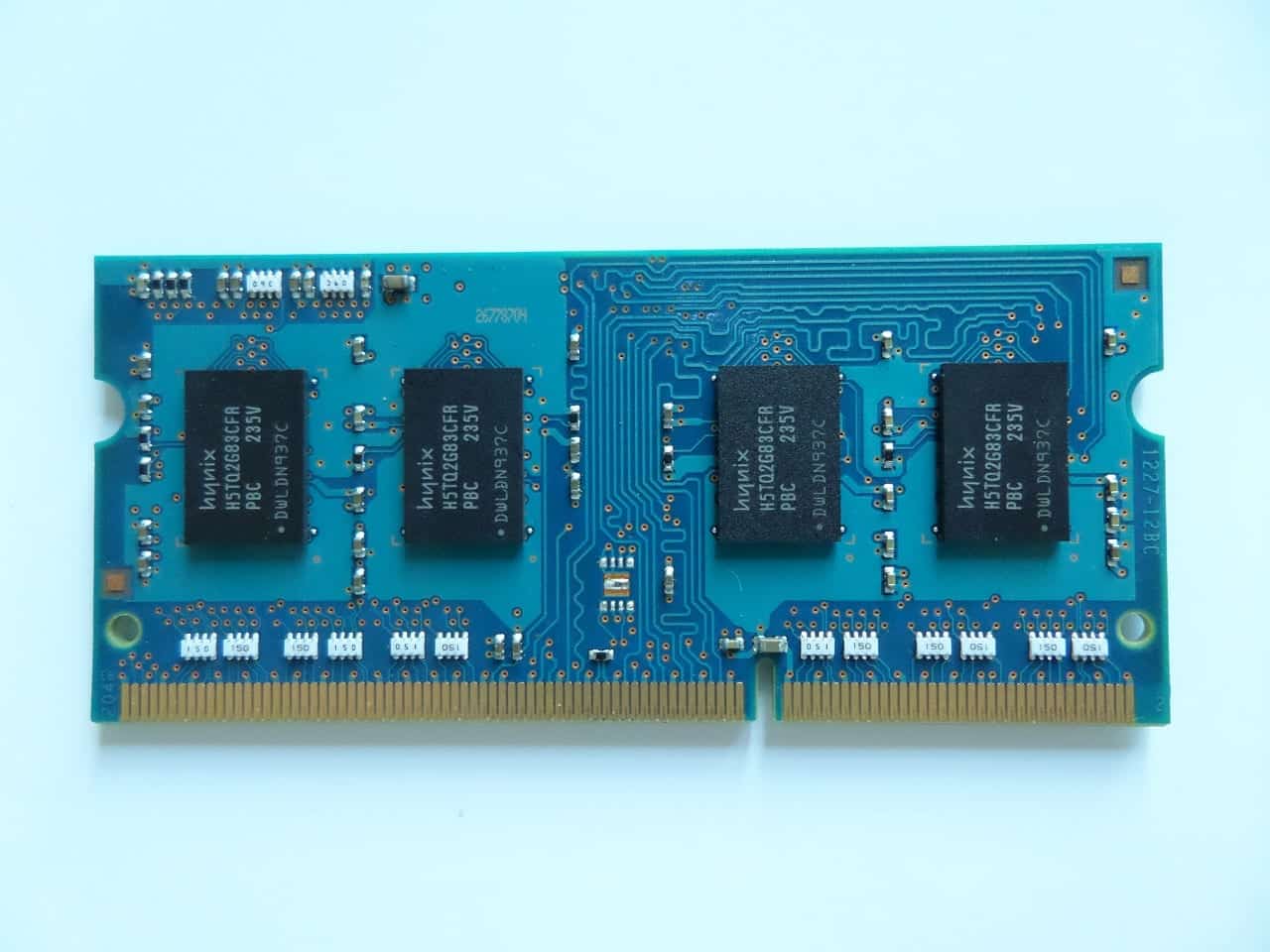In the context of computer science, RAM refers to Random Access Memory. RAM is a type of volatile memory used to store program code, and other program data (such as numbers, strings, and some settings) that is currently in use.
Volatile memory is a form of storage that requires power to retain its data. This is why the contents of RAM are cleared when you power off your computer or phone. Secondary-storage such as your phone’s flash memory or your SSD are classified as non-volatile memory because they can retain data when powered off.
RAM is a form of primary storage, because it serves the purpose of providing the processor with quick access to data and program code (program code is an app’s instructions). RAM is extremely fast compared to secondary storage, which includes hard drives and flash memory (both of which are cheaper and offer more storage for the price).
It’s important to note that while a computer’s main memory is typically referred to as just ‘RAM’ for short, there are other types of RAM used for purposes other than main memory (such as CPU cache memory).
DRAM is dynamic RAM, and SRAM is static RAM. DDR4 SDRAM (today’s most common form of main memory RAM sold in new computers) is a form of DRAM. SRAM on the other hand, is used as cache memory for CPUs due to the fact that it is extremely fast, even compared to DDR4 SDRAM.
SRAM is Static Random Access Memory, and it stores data in the form of bits (1s and 0s, as do other types of RAM) using flip-flops.
DRAM is Dynamic Random Access Memory, and it stores data using capacitors (1 bit of data per capacitor). DRAM must be refreshed periodically to avoid losing data, unlike SRAM. On the other hand, DRAM is capable of a higher data storage density than SRAM, hence its preference for use as main memory.
In the context of main memory/the DDR SDRAM variants, if you launch an app stored on your hard drive (or flash memory), its code is copied into RAM so that it can be accessed more quickly. The same concept applies to smartphones and tablets. They use RAM to store program data, and flash memory to store files and apps that are not in use.
What is GDDR5 SDRAM?
GDDR5 SDRAM is memory for graphics adapters and video cards. The acronym means Graphics Double Data Rate Type 5 Synchronous Random Access Memory. This type of RAM is typically integrated into video cards and is not upgradeable or replaceable.
Below is a laptop RAM stick (DDR SDRAM).

Image credit: Kompulsa.
RAM is used in numerous devices and plays a key role in making your day to day activities on your phone, tablet, desktop, laptop, and even your TV faster.
The type of memory used in a computer is largely determined by cost and performance requirements. SRAM is more expensive than DRAM, therefore DRAM is preferred in applications where large amounts of memory are required (i.e. main memory).
NVRAM is non-volatile random access memory. This means that it can store data without a constant supply of electricity.
What Does DIMM Mean?
DIMM means Dual-Inline Memory Module. This is equivalent to two SIMM modules. (the S means single rather than dual).
What Is ECC RAM?
ECC RAM is error correcting code memory. ECC RAM is capable of detecting and correcting common errors that can cause data corruption, and is usually used in applications where errors are completely unacceptable. Example applications: Scientific, servers, financial computing.




